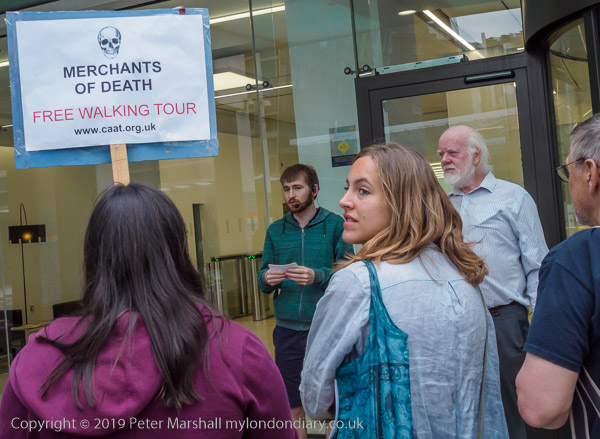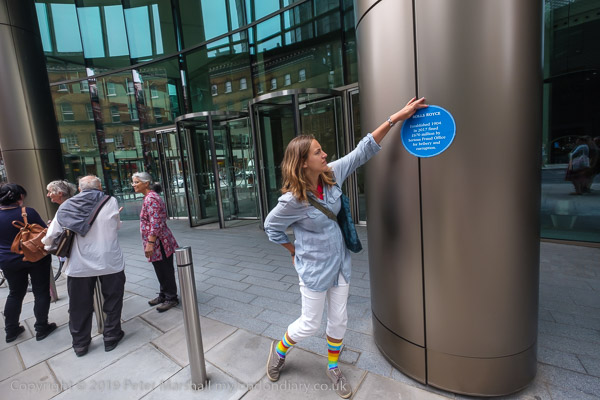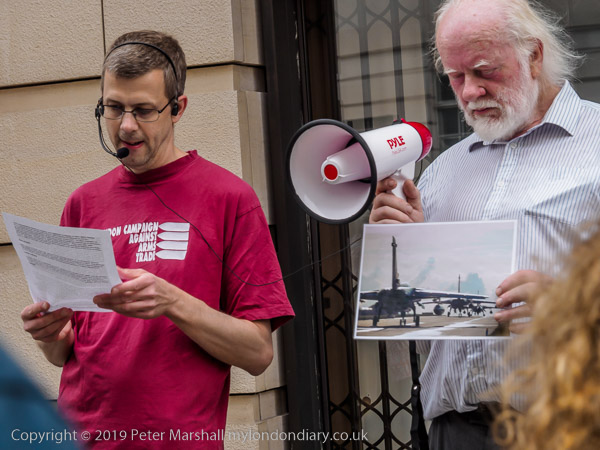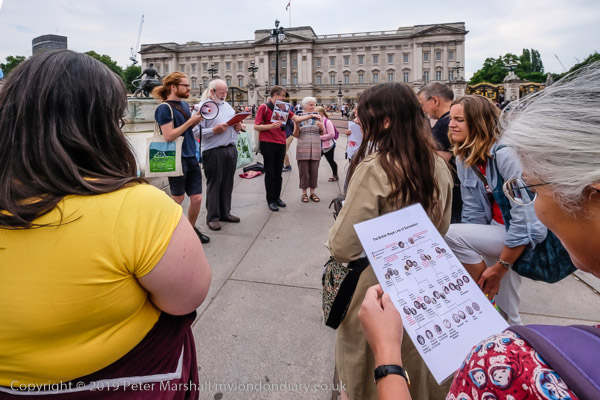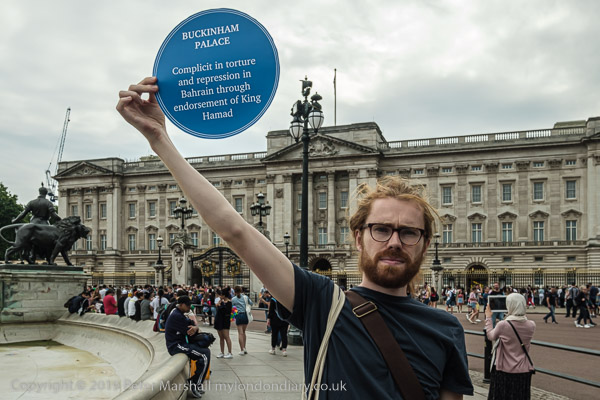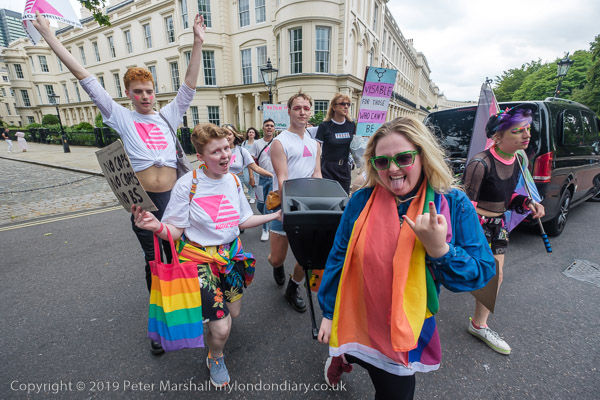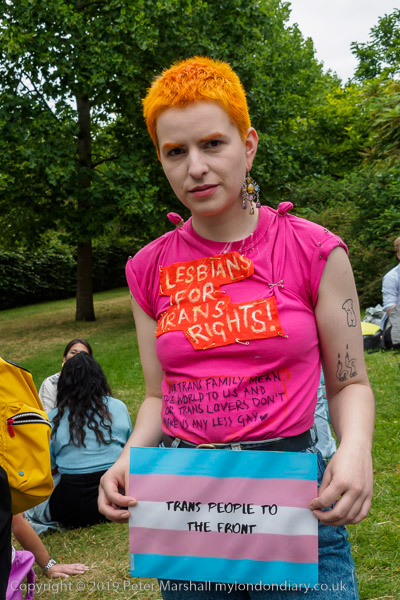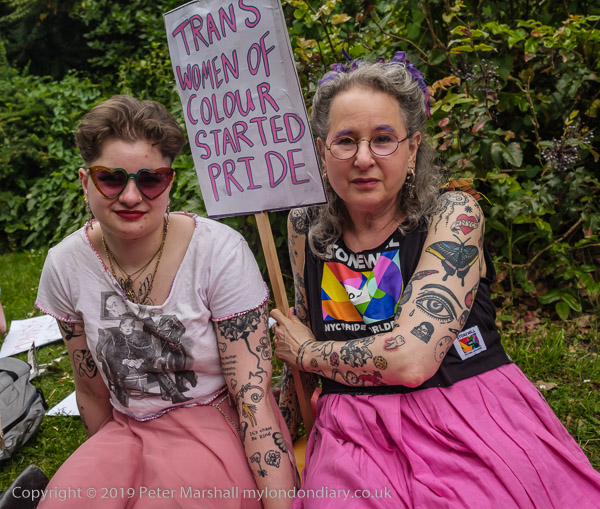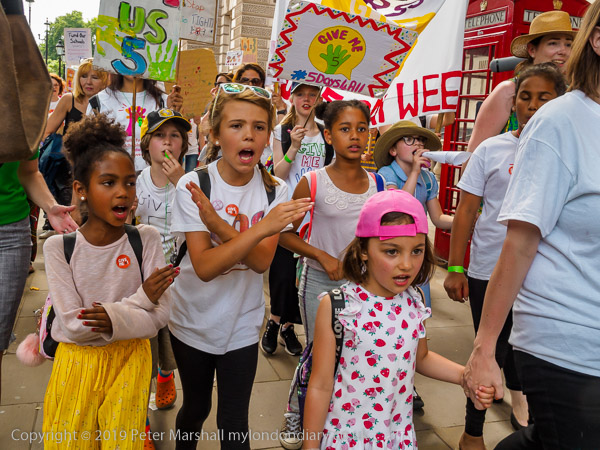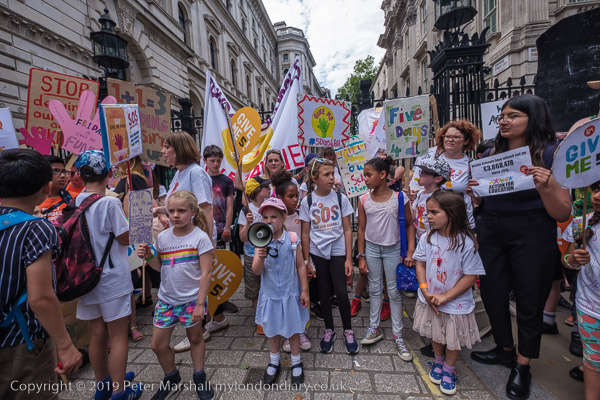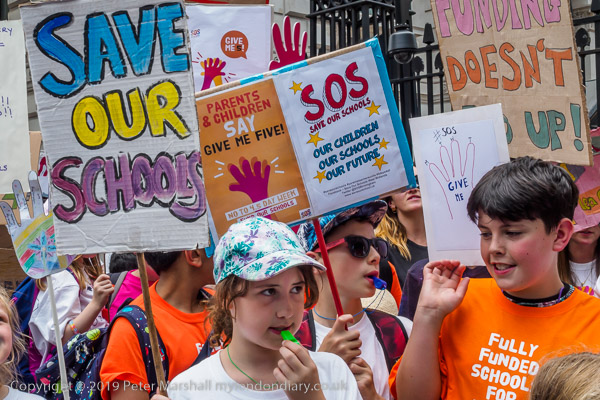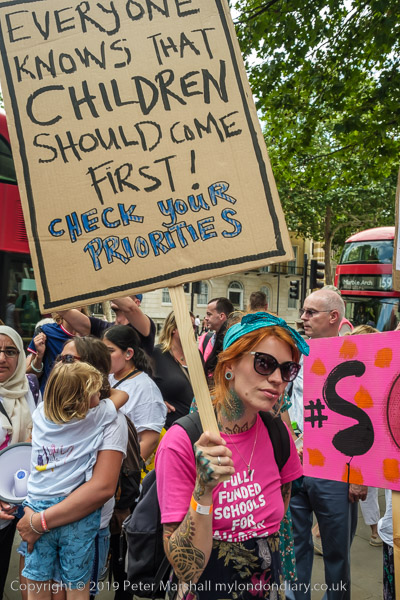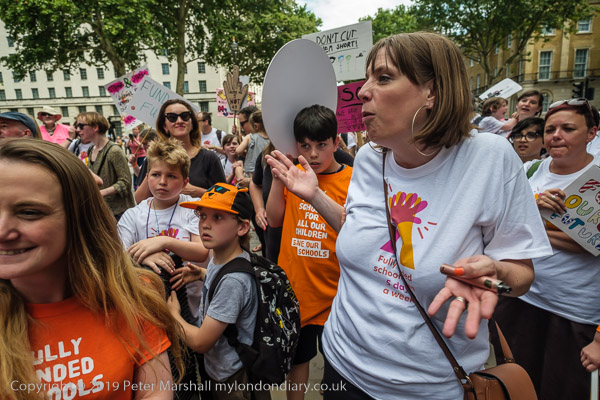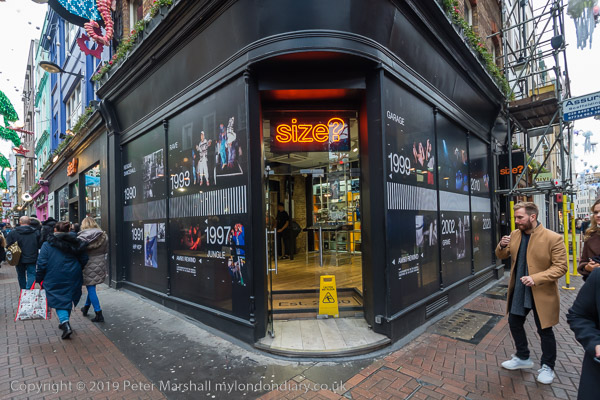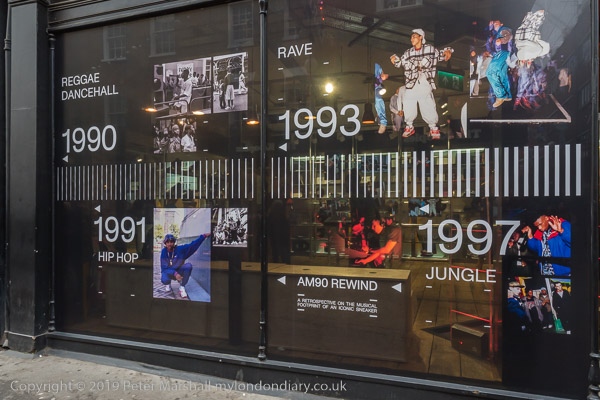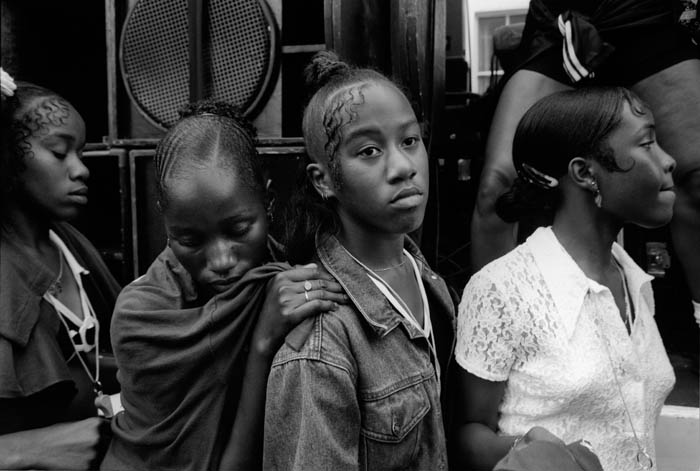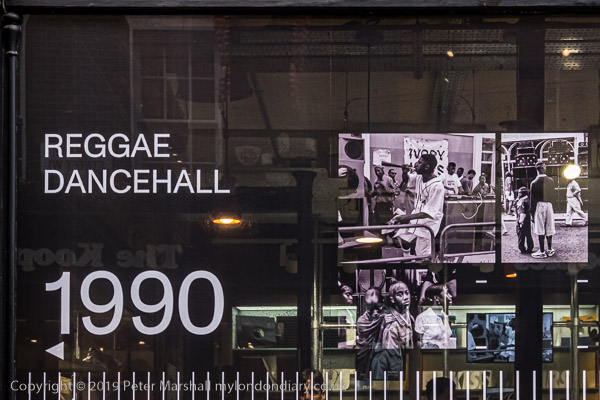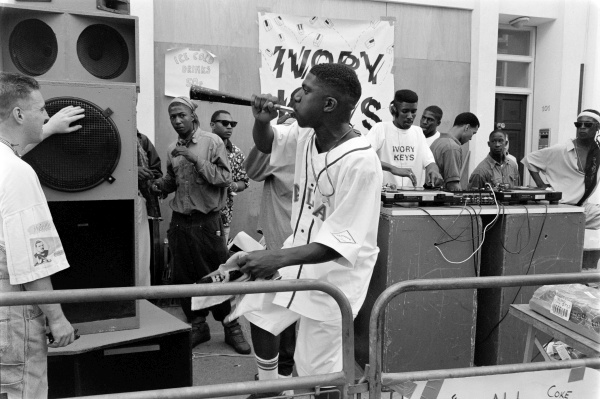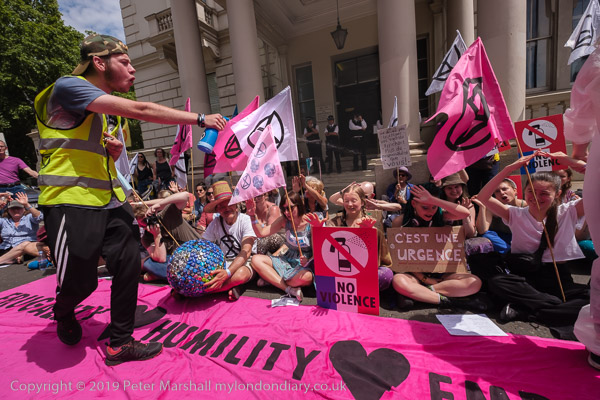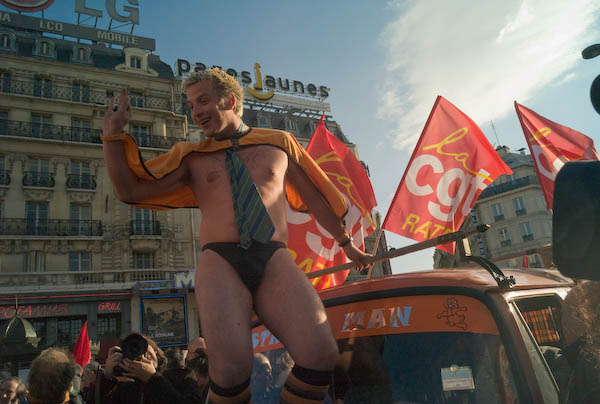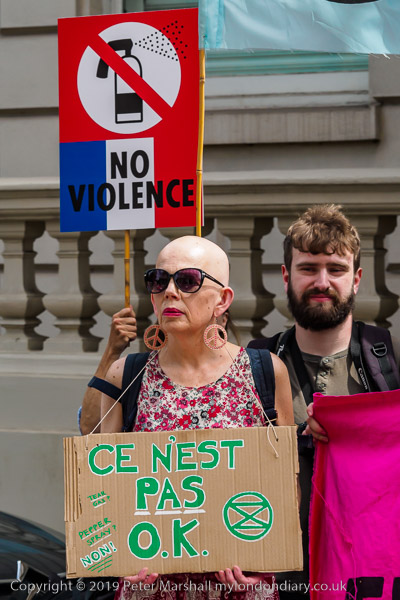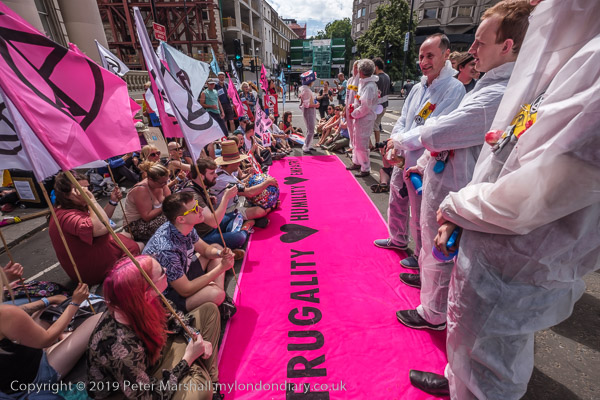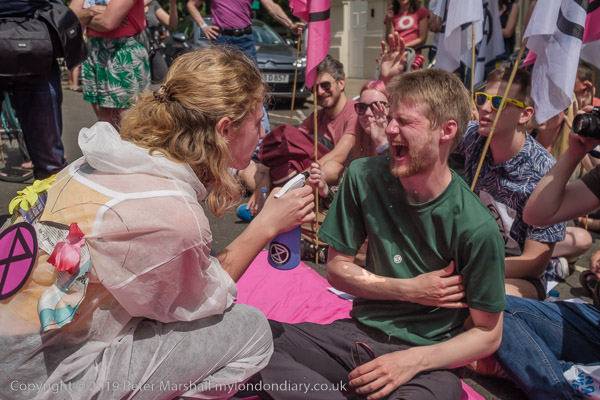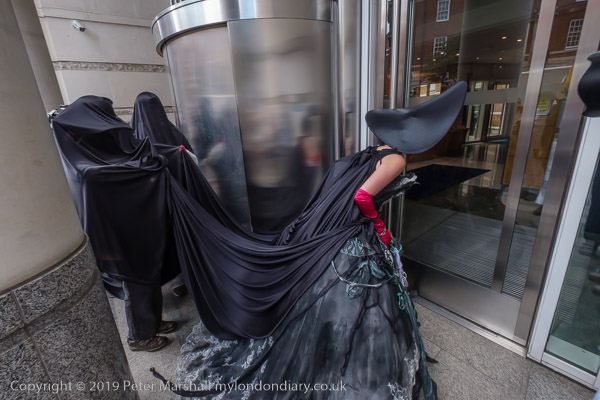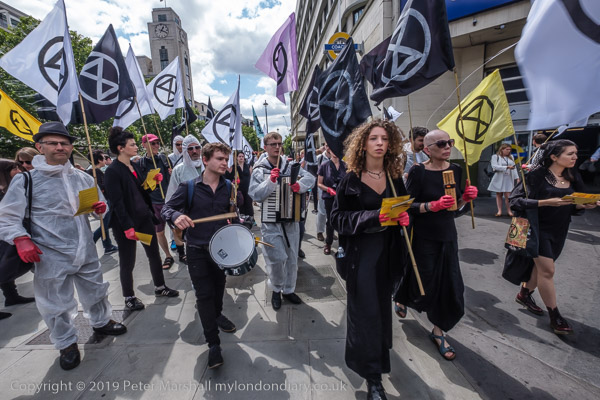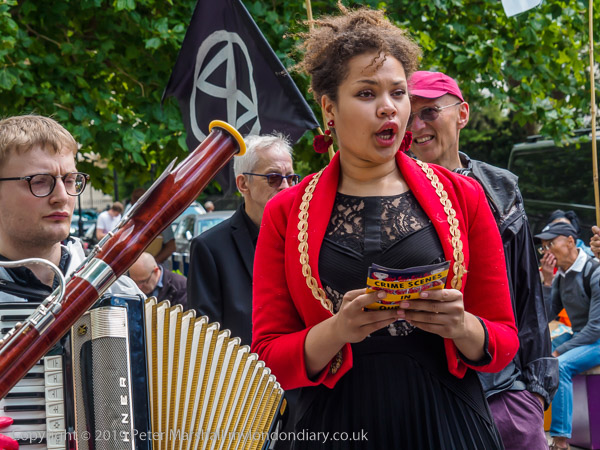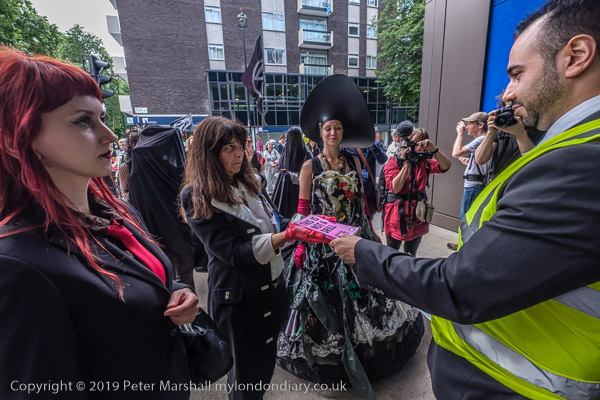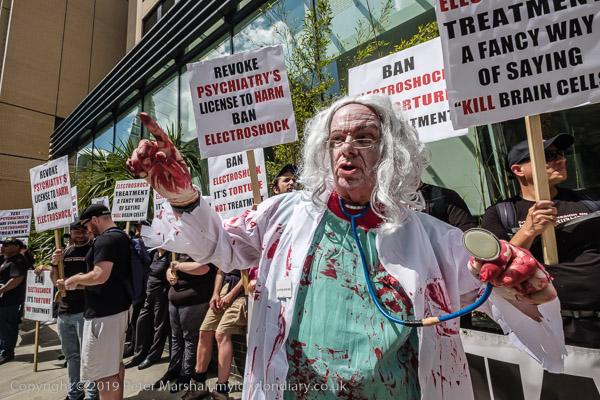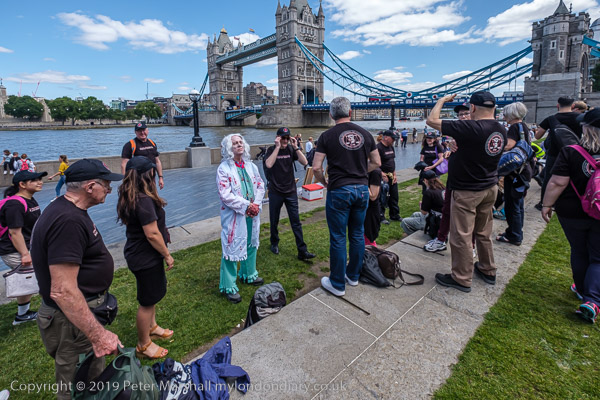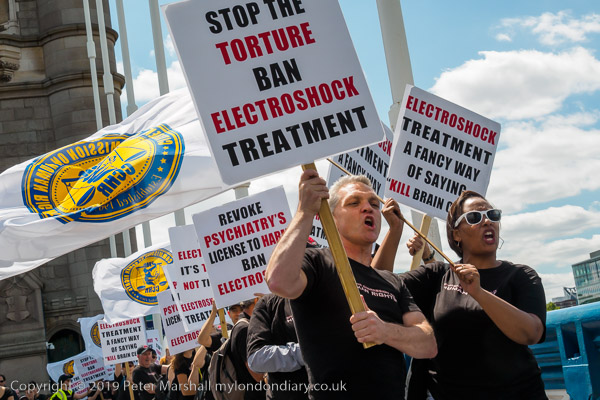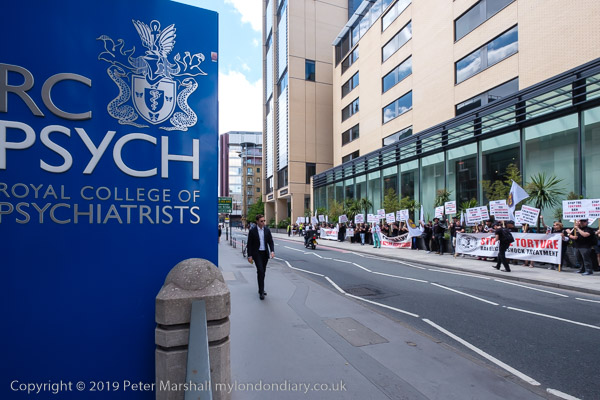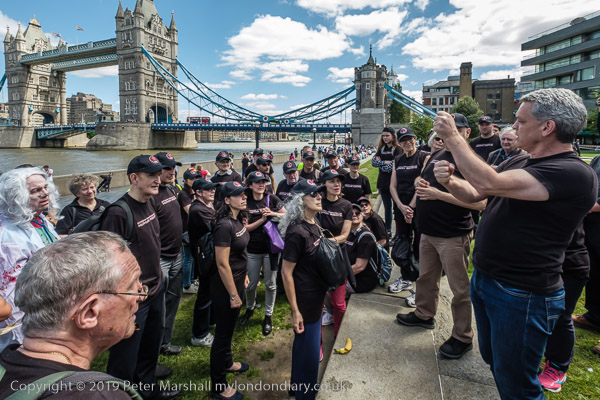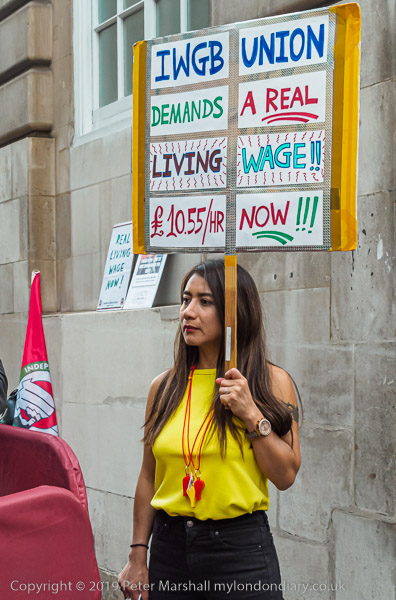
I don’t like going to Mayfair. Too much conspicuous consumption on display, too much affluence and waste. It isn’t envy – mostly I wouldn’t want those excessively expensive things you see in shops and through windows, nor the expensive menus etc. I’m largely a man of simple tastes, and happier to share expensive works of art in the National Gallery rather than hang them on my own private wall.
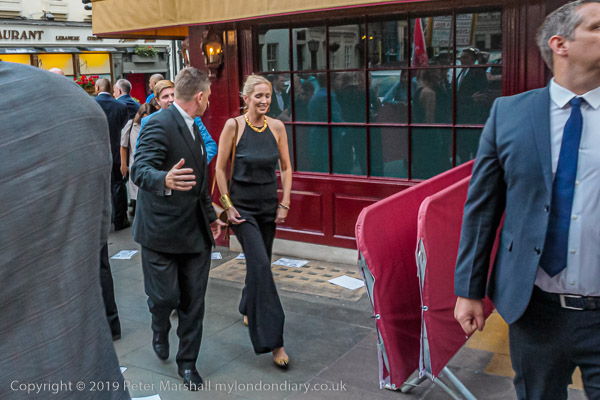
In part its the people. Though I’ve known and liked some who are wealthy there are too many who are obnoxious, who look on the people who work for them as dirt, or just couldn’t give a jot about others. Of course there are poor people who are obnoxious too, but generally in ways that are less obtrusive.
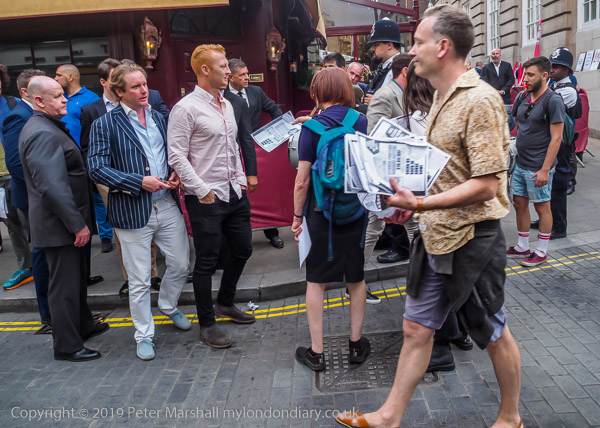
Clubs like LouLou’s with a ‘exclusive’ tag and a membership (in 2017) of £1,800 and described by a fawning article on the Observer website as “the place to be for royals, billionaires, A-list celebrities and socialites” seems to be a magnet for the uncaring and obnoxious, run by the son of Lady Annabel Goldsmith who has given more than £268,000 to Nigel Farage’s UKIP and donated £20,000 to Boris Johnson’s leadership campaign.
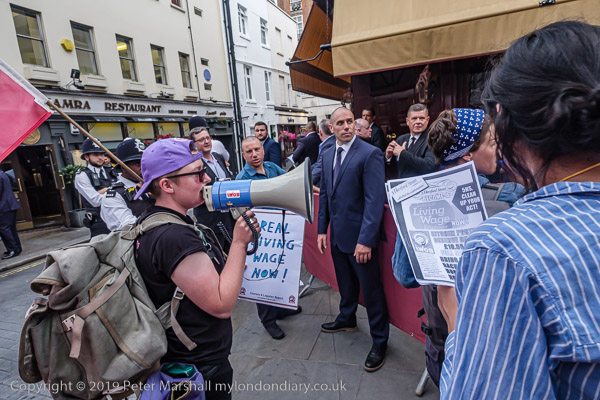
But despite this huge wealth, LouLou’s pays its kitchen porters a pittance, and the IWGB has been supporting their claim for the London Living Wage of £10.55 per hour and for decent terms and conditions of service such as sick pay. Currenly the porters who are mainly migrant workers get only £9 per hour. This was I think their second protest outside the club.
Henry Chango-Lopez, President of the IWGB, said:
https://iwgb.org.uk/en/post/5cf8f67de9521/iwgb-demands-end-to-poverty
“It is unfair that the porters who allow billionaires to wine and dine in luxury and secrecy are left hung out to dry. The porters can see straight through 5 Hertford Street’s bribes and know that outsourcing will only lead to further exploitation. The restaurant needs to give justice to its workers and put them all under the same banner.”
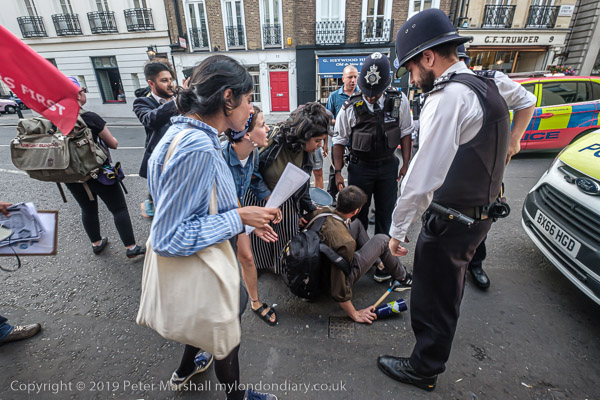
I think it was a genuine accident when police knocked one of the protesters to the ground, an officer walking backward into him. But the whole attitude of the police was deferential to the club owners, their security men and guests but hostile towards the protesters, two of whom were arrested.
More at IWGB demand living wage at LouLou’s .
All photographs on this and my other sites, unless otherwise stated, are taken by and copyright of Peter Marshall, and are available for reproduction or can be bought as prints.
There are no adverts on this site and it receives no sponsorship, and I like to keep it that way. But it does take a considerable amount of my time and thought, and if you enjoy reading it, please share on social media.
And small donations via Paypal – perhaps the cost of a beer – would be appreciated.
